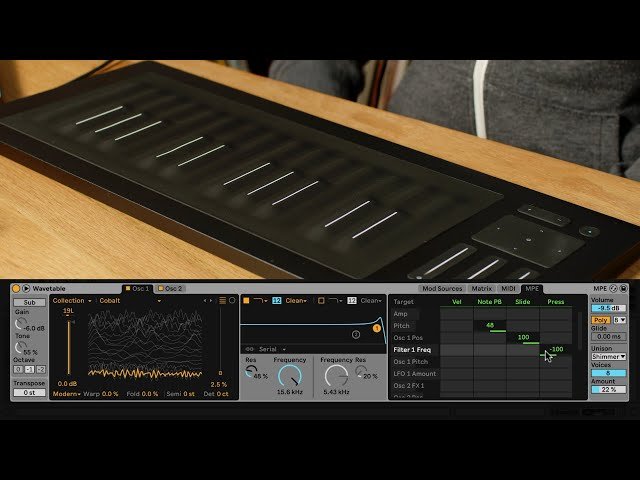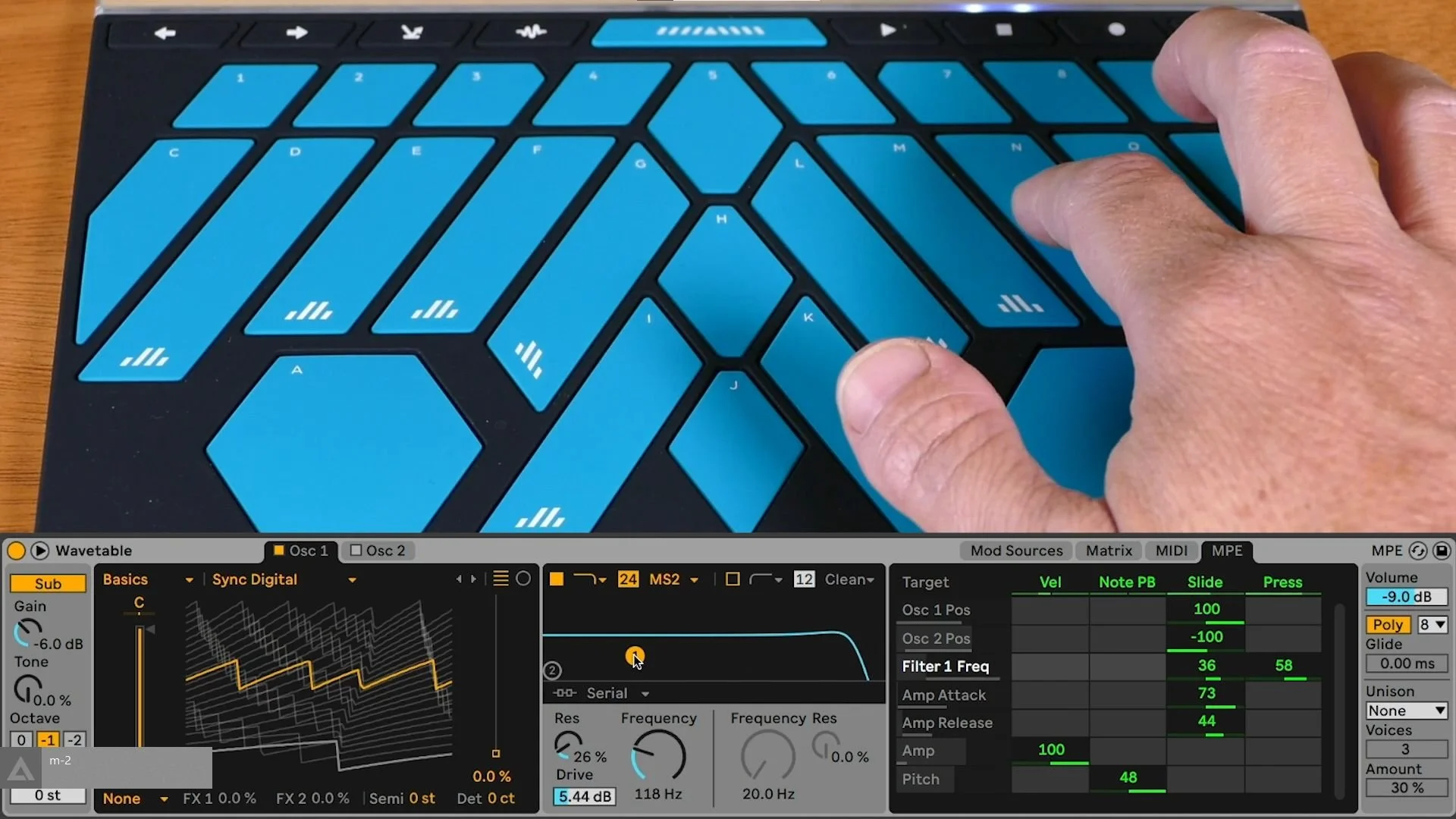Exploring MPE: The Future of Expressive Music Production
In the ever-evolving world of music production, MIDI Polyphonic Expression (MPE) stands out as a revolutionary technology that's changing how artists create and perform music. This breakthrough offers a new dimension of expressiveness and control, far surpassing the capabilities of traditional MIDI. In this blog post, we'll dive into what MPE is and how music producers can harness its power to elevate their creative output.
What is MIDI Polyphonic Expression (MPE)?
At its core, MPE is an extension of the MIDI (Musical Instrument Digital Interface) standard, which has been the cornerstone of digital music production for decades. While traditional MIDI offers control over notes and a handful of parameters on a channel-wide basis, MPE breaks this limitation by allowing each note to express independently. This means that artists can manipulate the pitch, volume, timbre, and other characteristics of individual notes within a chord or performance, offering a level of expressiveness akin to acoustic instruments.
The Evolution of Expression
MPE represents a significant leap from the constraints of conventional MIDI, where dynamics and articulation were often uniform across all notes. This evolution opens up a world where digital instruments can respond to the subtle nuances of a performer's touch, breath, or gestures, much like their acoustic counterparts. The technology leverages the existing MIDI framework but assigns each note to its own channel so that parameters can be controlled per note rather than per channel.
How Music Producers Can Utilize MPE
1. Enhanced Expressive Capabilities
MPE enables producers to imbue their electronic performances with the expressiveness previously reserved for acoustic instruments. By manipulating parameters like pitch bend, vibrato, and aftertouch on a per-note basis, producers can create more dynamic and emotionally resonant compositions.
2. Innovative Sound Design
With MPE, sound designers have a broader palette to experiment with. The ability to assign unique modulations and effects to individual notes within a single instrument can lead to groundbreaking sonic textures and landscapes. This is particularly advantageous in genres that thrive on innovation, such as electronic, ambient, and experimental music.
3. Intuitive Composition and Arrangement
MPE-compatible controllers, such as ROLI Seaboards, LinnStruments, and others, offer an intuitive and tactile approach to composing and arranging music. These devices allow producers to perform complex chord progressions and solos with nuanced expression, making the music production process more hands-on and instinctive.
4. Live Performance Enhancement
For live performers, MPE offers the ability to deliver more expressive and engaging performances. Artists can manipulate sounds in real-time, offering audiences a deeper musical experience. This is a game-changer for electronic musicians seeking to bridge the gap between the studio and the stage.
5. Collaboration and Compatibility
As MPE gains traction, more software and hardware manufacturers are ensuring compatibility with this standard. This growing ecosystem means producers can collaborate more effectively, with MPE data seamlessly transferring between different DAWs, synthesizers, and controllers, preserving the expressive nuances of the original performance.
Conclusion
MPE is a transformative technology that opens up new horizons for music production and performance. By offering unprecedented control and expressiveness, it allows producers to push the boundaries of digital music. Whether you're a seasoned producer or just starting, exploring MPE can unlock new creative potentials and inspire you to rethink what's possible in your musical journey. As the technology continues to evolve and become more integrated into mainstream production tools, the future of expressive music making looks brighter than ever.





